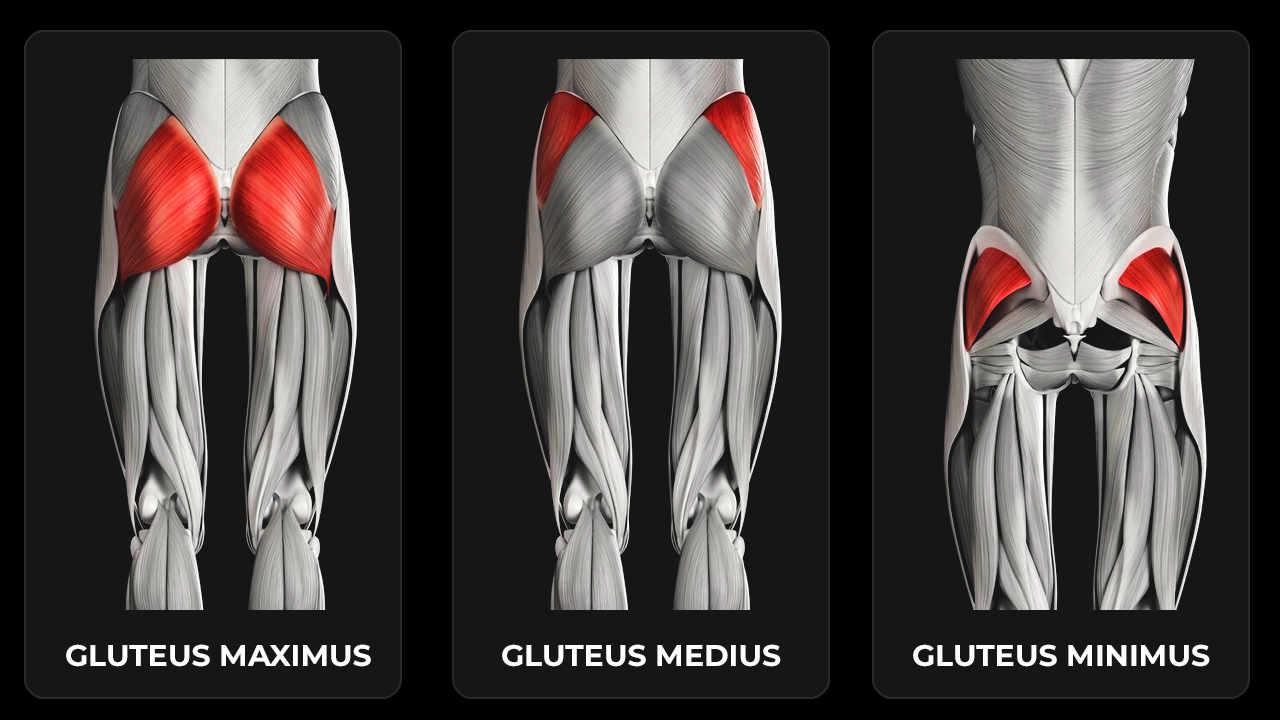Corporate wellness programs have become increasingly popular as companies recognize the importance of promoting employee health and wellbeing. In recent years, there has been a growing emphasis on incorporating physical therapy into these programs to address musculoskeletal issues, prevent injuries, and improve overall employee health.
Introduction to Corporate Wellness
Corporate wellness programs encompass a range of initiatives designed to support the health and wellbeing of employees. These programs often include activities such as fitness challenges, nutrition workshops, mental health resources, and now, physical therapy services.
Understanding Physical Therapy in Corporate Wellness Programs
Physical therapy in the context of corporate wellness focuses on preventing and managing musculoskeletal conditions that may arise due to prolonged sitting, repetitive movements, or workplace injuries. Trained physical therapists work with employees to assess their needs, provide personalized treatment plans, and offer guidance on injury prevention strategies.
Benefits of Incorporating Physical Therapy into Corporate Wellness
Improved Employee Health and Wellbeing
By providing access to physical therapy services, companies can help employees address musculoskeletal issues early on, preventing them from developing into more serious injuries. Regular physical therapy sessions can also promote better posture, reduce pain, and improve overall physical function.
Reduced Healthcare Costs for Corporations
Investing in preventive healthcare measures like physical therapy can lead to significant cost savings for corporations. By addressing musculoskeletal issues proactively, companies can reduce the need for expensive medical treatments, surgeries, and rehabilitation programs down the line.
Increased Productivity and Employee Engagement
Employees who are in good physical health are more likely to be productive and engaged in their work. By offering physical therapy as part of their wellness programs, companies can help employees stay healthy, motivated, and focused on their tasks, ultimately leading to higher levels of productivity and job satisfaction.
Challenges and Solutions
Despite the numerous benefits of incorporating physical therapy into corporate wellness programs, there are some challenges companies may face when implementing these initiatives.
Accessibility and Convenience
One common challenge is ensuring that physical therapy services are easily accessible to all employees, especially those who work remotely or have busy schedules. Companies can overcome this challenge by offering on-site physical therapy sessions or providing virtual therapy options that employees can access from anywhere.
Overcoming Resistance and Stigma
Some employees may be hesitant to participate in physical therapy due to misconceptions or stigma surrounding musculoskeletal conditions. Companies can address this issue by promoting awareness and education about the benefits of physical therapy and creating a supportive environment where employees feel comfortable seeking treatment.
Implementing Physical Therapy in Corporate Settings
There are several ways companies can integrate physical therapy into their wellness programs to meet the needs of their employees.
On-site Physical Therapy Sessions
Offering on-site physical therapy sessions allows employees to conveniently access treatment during work hours, reducing the need for time off or travel to external clinics. Companies can partner with local physical therapy providers to set up regular sessions on-site.
Virtual Physical Therapy Programs
Virtual physical therapy programs leverage technology to deliver personalized treatment and guidance to employees remotely. Through video consultations, exercise tutorials, and tools, employees can receive the same level of care and support from the comfort of their homes.
Employee Education and Awareness Campaigns
To encourage participation in physical therapy programs, companies can launch educational campaigns to raise awareness about the importance of musculoskeletal health and the benefits of seeking early treatment. Providing resources such as informative articles, webinars, and workshops can help employees make informed decisions about their health.
Success Stories and Case Studies
Several companies have successfully implemented physical therapy programs as part of their corporate wellness initiatives, leading to positive outcomes for both employees and the organization. Case studies highlighting these success stories can inspire other companies to follow suit and invest in their employees’ health and wellbeing.
Measuring the Impact of Physical Therapy in Corporate Wellness
To evaluate the effectiveness of physical therapy programs in corporate settings, companies can track various metrics and gather feedback from employees.
Metrics for Success
Key metrics to consider include employee attendance rates at physical therapy sessions, changes in musculoskeletal pain levels over time, and reductions in healthcare costs associated with musculoskeletal conditions. Companies can use this data to assess the ROI of their wellness programs and make informed decisions about future investments.
Employee Feedback and Satisfaction Surveys
Regular feedback from employees can provide valuable insights into the perceived effectiveness of physical therapy programs and areas for improvement. Companies can conduct surveys or focus groups to gather feedback on the accessibility, quality, and impact of the services provided.
Future Trends and Innovations
As technology continues to advance, the future of physical therapy in corporate wellness is likely to see several innovations and trends emerge.
Integrating Technology in Physical Therapy Programs
Advancements in wearable devices, telemedicine platforms, and artificial intelligence present opportunities to enhance the delivery of physical therapy services and personalize treatment plans for employees. Companies may explore incorporating these technologies into their wellness programs to improve accessibility, efficiency, and outcomes.
Customized Wellness Plans for Employees
Moving away from a one-size-fits-all approach, companies may adopt more personalized wellness plans that take into account individual employee needs, preferences, and goals. By offering customized physical therapy services tailored to each employee’s specific health concerns and lifestyle factors, companies can maximize engagement and results.
Conclusion
In conclusion, integrating physical therapy into corporate wellness programs offers numerous benefits for both employees and companies alike. By prioritizing musculoskeletal health and providing access to high-quality physical therapy services, companies can create a healthier, happier, and more productive workforce.
FAQs
- What is corporate wellness physical therapy? Corporate wellness physical therapy involves integrating physical therapy services into corporate wellness programs to support employee musculoskeletal health and prevent injuries.
- How does physical therapy benefit corporations? Physical therapy can help corporations reduce healthcare costs, improve employee productivity, and enhance overall workforce health and wellbeing.
- What challenges do companies face when implementing physical therapy in wellness programs? Companies may encounter challenges such as ensuring accessibility, overcoming resistance to treatment, and measuring the impact of physical therapy on employee health and productivity.
- Are virtual physical therapy programs effective for corporate employees? Yes, virtual physical therapy programs can be effective for corporate employees, providing convenient access to treatment and support regardless of location or schedule.
- How can companies measure the success of physical therapy in their wellness initiatives? Companies can measure the success of physical therapy programs by tracking metrics such as employee attendance rates, changes in musculoskeletal pain levels, and reductions in healthcare costs.
- Gathering feedback from employees through surveys and satisfaction assessments can also help evaluate program effectiveness.



